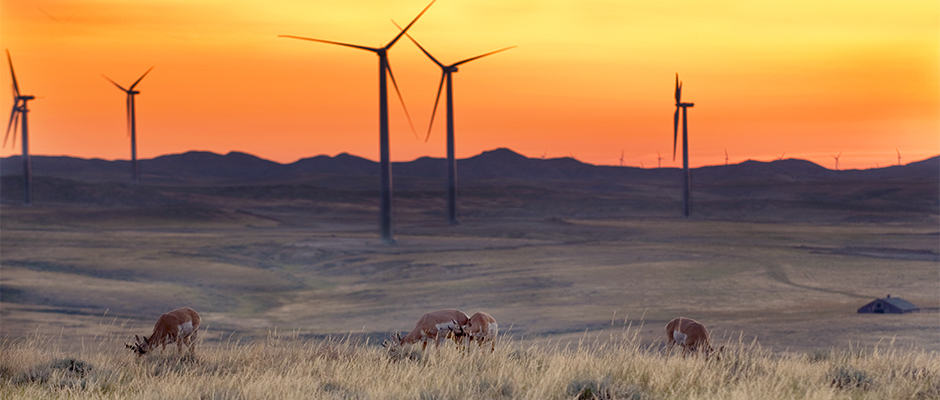Share this article
Western States Seek Larger Role in Resource Management Decisions
“We share the belief that solutions developed at the local level – by the people who live in the state and are impacted the most – are typically more effective and lasting than those developed by officials who live and work hundreds or thousands of miles away,” said Governor Gary Herbert of Utah to the House Natural Resources Committee during a hearing titled “Respecting State Authority, Responsibilities and Expertise Regarding Resource Management and Energy Development” on September 30.
Governor Herbert was one of four representatives from the Western Governors Association (WGA), an organization representing 19 governors of western states and 3 U.S. territories. Governors Matt Mead of Wyoming, Steve Bullock of Montana, and Dennis Daugaard of South Dakota joined Herbert to provide testimony on a range of topics from the sage -grouse listing decision to the Clean Power Plan.
Of interest to many Representatives were the governor’s perspectives regarding the “unwarranted” listing decision for the greater sage-grouse. Mead (WY) expressed that the decision was good news for Wyoming, as a listing would have severely impacted energy development in state. Herbert (UT) was not as enthusiastic, expressing disappointment that Utah’s investment of $3 million to create a state plan to conserve sage-grouse went “down the tube” after the Bureau of Land Management finalized its own land-use plans that superseded Utah’s.
Broader questions regarding the Endangered Species Act (ESA) were also discussed. Mead (WY) and Bullock (MT) addressed a Senate briefing on improving the ESA the day before, and repeated many of their points at this hearing. Daugaard (SD), when questioned on how much feedback federal agencies request on ESA listing decisions, said that the states are invited to comment but that he feels their suggestions are discarded.
Committee members also requested the governor’s thoughts on how state comments are being incorporated into the federal rule making process. Here the governors were more united in stance. Bullock (MT) discussed how he had felt there were “real opportunities” in the Clean Power Plan draft but was frustrated and surprised by the final rule, which he felt was vastly different than the draft. Daugaard (SD) added that he got the impression that the Service collaborated with non-government organizations more strongly than the states. Herbert (UT) added that states were tired of being treated by the federal government as “junior partners”.
Conflicts between state governments and federal agencies over the management of natural resources have been increasing. Contentious federal rules, such as the Waters of the United States Rule and ESA listing decisions, have led to court room showdowns between states and federal agencies. Use of the Antiquities Act to designate large areas of state land as federal protected without state input have added to the tension as well.
Read the written testimony of the Western Governors Association submitted to the Committee.
Header Image: Pronghorn (Antilocapra Americana) grazing at the Campbell Hill Windpower Project in Wyoming.
Image Credit: Duke Energy, licensed by cc 2.0








